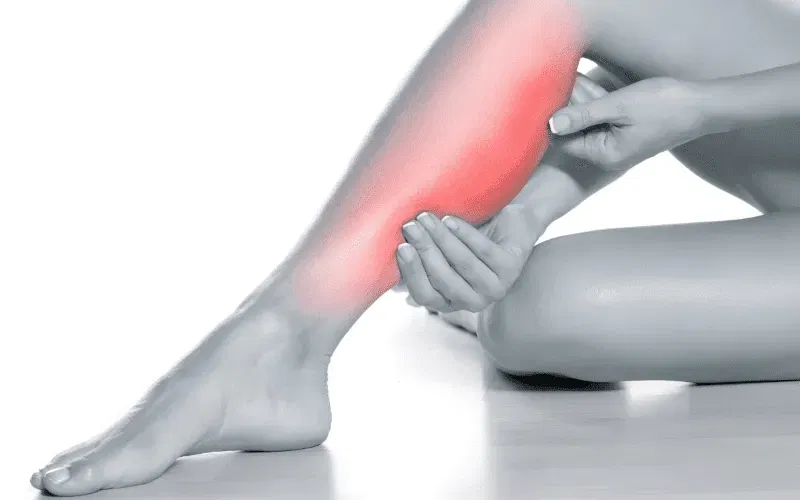
Many people have chronic bone and leg pain that they don’t fully comprehend what might be causing it. Numerous factors, including overuse, arthritis, and circulation problems, can cause severe discomfort, but vitamin deficiencies are one that is sometimes disregarded. Our bodies grow less effective at absorbing and manufacturing specific nutrients as we age, increasing the likelihood that shortages may be a factor in skeletal and muscular pain.
Let’s explore two of the most crucial vitamins connected to bone and leg health: Vitamin D and Vitamin B12.
1. Vitamin D – The Bone Protector

Often referred to as the “sunshine vitamin,” vitamin D is crucial for the body’s ability to absorb calcium and phosphorus, both of which are necessary for building and keeping strong, healthy bones.
How it works: Vitamin D helps control the amount of calcium in the bl00dstream and ensures it’s deposited into bones rather than soft tissues.
What happens if you are deficient? Without adequate vitamin D, bones can become soft, weak, or brittle, resulting in osteomalacia in adults. This can produce deep, painful bone pain, particularly in the legs, hips, and lower back, and raises the risk of fractures.
Who is at risk: Older folks, those who spend little time in the sun, and those with darker skin (which inhibits vitamin D synthesis) are especially vulnerable to deficiency.
Sources of vitamin D: Sunlight, fortified foods (like milk and cereal), fatty fish (such as salmon, tuna, and mackerel), and vitamin D supplements.
2. Vitamin B12 – The Nerve Supporter

Vitamin B12 plays a vital role in keeping a healthy nervous system and in the production of red blood cells. It also encourages the myelin sheath—a protective covering for nerves that allows electrical impulses to transmit efficiently.
How it works: A properly functioning neural system allows your muscles to move and detects sensations such as pressure and discomfort.
What happens if you are deficient? A lack of vitamin B12 can cause nerve damage, resulting in tingling, numbness, burning sensations, or acute pain in the legs and feet. It may also result in muscle weakness, balance issues, and general weariness.
Who is at risk: People over 50 (due to reduced absorption), vegans or vegetarians (since B12 is mainly existed in animal products), and those with digestive disorders like Crohn’s disease or celiac disease.
Sources of vitamin B12: Meat, fish, poultry, eggs, dairy products, and fortified foods. Supplements or B12 injections may be necessary for those with severe deficiencies.
Other Nutrients That May Be Involved
In addition to vitamins D and B12, deficiencies in the following nutrients may also contribute to leg or bone discomfort:
- Magnesium: Crucial for muscle function and bone strength. A lack of magnesium can lead to cramps and spasms in the legs.
- Calcium: Vital for strong bones; low levels can cause bone pain and increase fracture risk.
- Vitamin K2: Helps calcium bind to bones rather than depositing in arteries or joints.
When to See a Doctor

If you’re dealing with persistent leg pain, bone aches, muscle weakness, or tingling sensations, it’s vital not to ignore these signs. Simple blood tests can reveal whether a vitamin deficiency is present. Early diagnosis and proper supplementation or dietary changes can significantly reduce symptoms and improve overall well-being.
Conclusion:
Your body may be trying to tell you something when your legs or bones hurt—don’t dismiss it as just “aging.” Vitamin deficiencies, particularly of vitamin D and B12, are popular and can cause or worsen musculoskeletal and nerve-related pain. By understanding the signs and ensuring you get the nutrients your body needs, you can take proactive steps to protect your bone and nerve health at any age.















